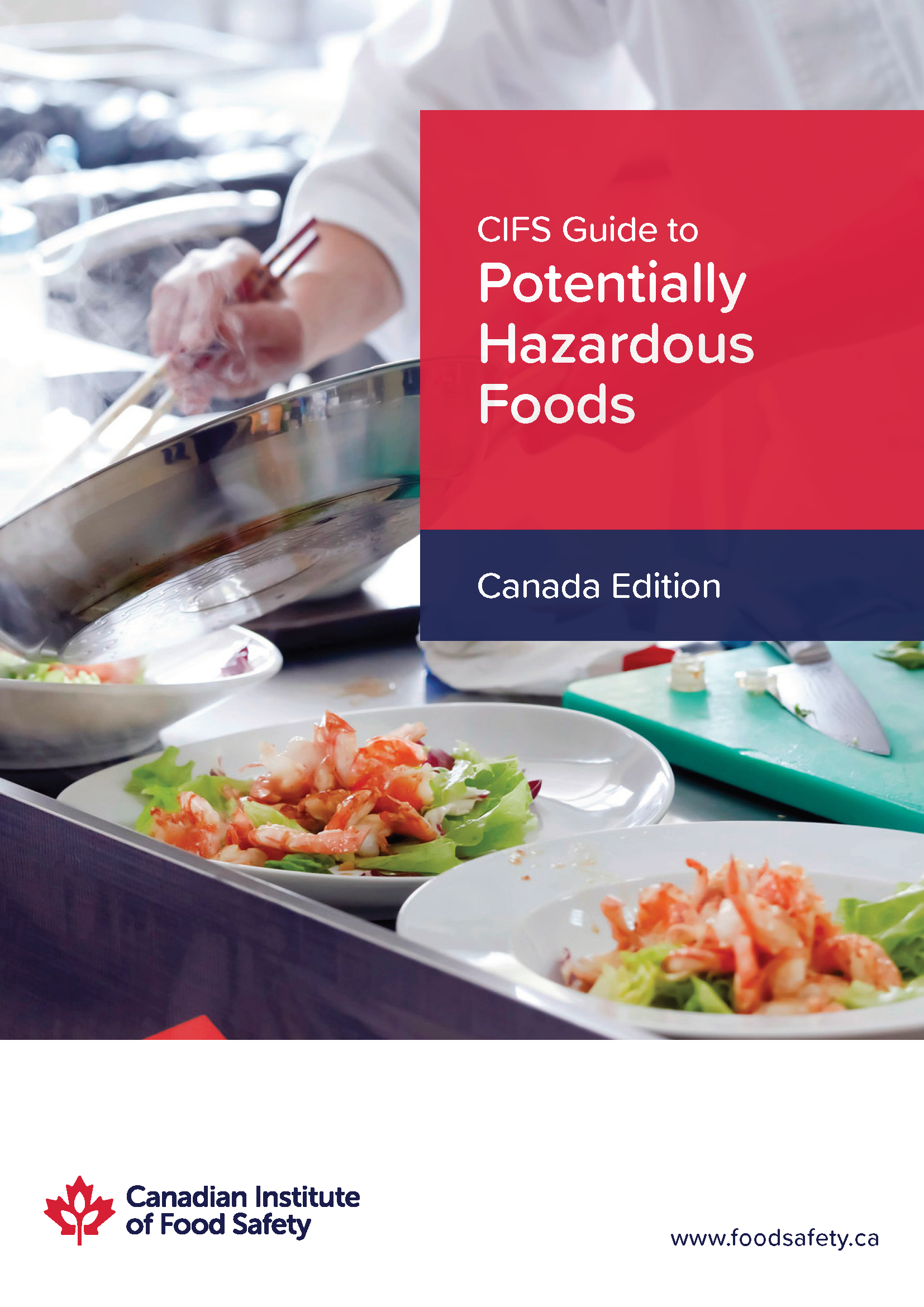potentially hazardous foods must be stored
Potentially hazardous foods should be kept at 5 C or colder or above 60 C wherever possible however ready-to-eat foods can safely remain between 5 C and 60 C for up to 4 hours. You must answer a minimum of 15 correctly to.
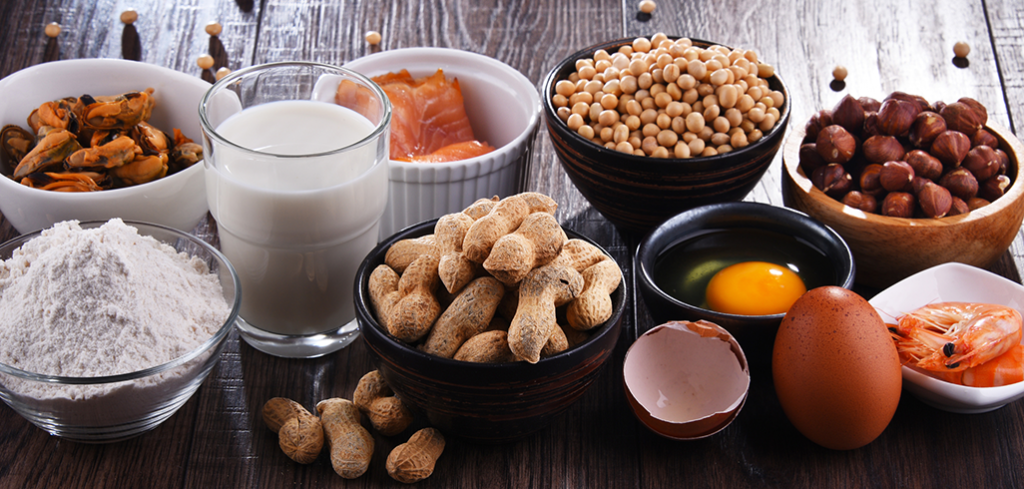
Identifying Potentially Hazardous Food Madgetech
That is between 40F and 40F.
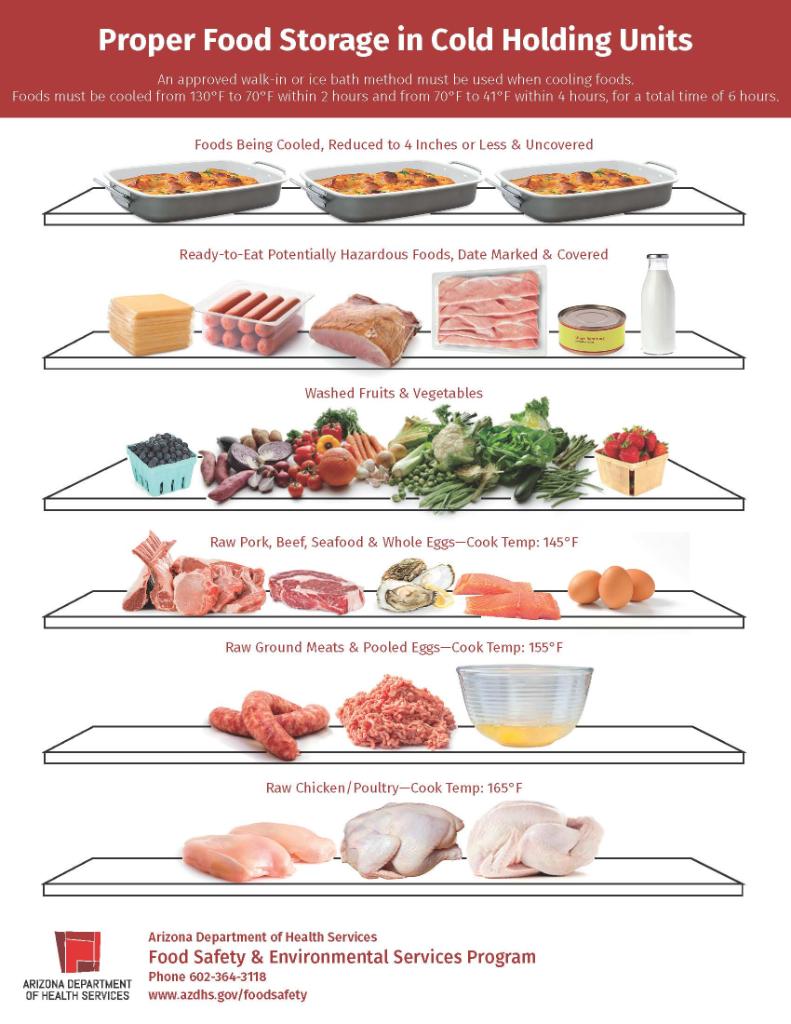
. Potentially hazardous food is a defined concept identifying foods to be maintained at certain temperatures to minimize the growth of any pathogenic microorganisms that may be present in the food or to prevent the formation of toxins in the food ANZFSC Standard 322 cl. This is because it takes more than 4 hours for food poisoning bacteria to grow to dangerous levels. Lately some people have been advocating some very potentially hazardous food preservation and storage practices on foods meant for room temperature storage.
Potentially hazardous food Potentially hazardous foods are foods that must be kept at 5C or colder or at 60C or hotter to minimise the growth of food poisoning bacteria that may be in the food or to stop the formation of toxins. The food handler will be able to identify the danger zone as any temperature between 41 degrees F and 135 degrees F. The simplest way to meet the requirements is to ensure that potentially hazardous food is received stored displayed or transported either very cold 5C or colder or very hot 60C or hotter.
Home canned butter Vaseline covered eggs and. When making cold salads such as tuna it is recommended that ingredients must be pre-chilled. Potentially hazardous foods should be kept at 5 C or colder or above 60 C wherever possible however ready-to-eat foods can safely remain between 5 C and 60 C for up to 4 hours.
Ad Food safety management system that saves you 8 working hours per week and cuts costs. Food Code 2009 from the FDA prescribes that in order to be considered safe the temperature of cooked foods that will support the growth of pathogens potentially hazardous foods must be reduced from 135 F to 70 F within 2 hours and within a total of 6 hours from 135 F to 41 F or less In addition potentially hazardous food must be cooled within 4 hours to 41 F or less if. Foods are accordingly assessed to be of high medium or low risk based on the potential to contain.
A and B only. Potentially Hazardous Food All potentially hazardous food should be kept below 41 o F for cold foods or above 135 o F for hot foods except. The food handler will be able to identify that food being cooled or heated must move through the danger zone as rapidly as possible.
Potentially hazardous foods must be stored Thursday July 7 2022 Edit If you do not pass you may retake the test as many times as you want within 1 year of purchasing your TestID. Do not handle or prepare food for others. Potentially hazardous foods should be kept at 5 C or colder or above 60 C wherever possible however ready-to-eat foods can safely remain between 5 C and 60 C for up to 4 hours.
Try 14 days free. Potentially hazardous foods in the refrigerator storage must be discarded when the temperature is. Potentially hazardous foods should be kept at 5 C or colder or above 60 C wherever possible however ready-to-eat foods can safely remain between 5 C and 60 C for up to 4 hours.
Raw meats cooked meats and food containing meat such as casseroles curries lasagne and meat pies dairy products and foods containing dairy products such as milk cream custard and dairy-based desserts seafood excluding live seafood. High-risk foods also called potentially hazardous foods must be stored in the refrigerator at 4C or below 5C or below in Manitoba. After being washed and cut tomatoes are considered potentially hazardous food requiring timetemperature control for safety TCS and.
Potentially hazardous food should also be cooled and reheated quickly and prepared in as short a time as possible. This is because it takes more than 4 hours for food poisoning bacteria to grow to dangerous levels. The 2 Hour 4 Hour Rule specifies how long fresh potentially hazardous foods such as cooked meat and meat-based foods dairy products prepared fruits and vegetables cooked rice and pasta and cooked or processed foods containing eggs can be safely held at temperatures in the danger zone.
Dispose of any food remaining at the conclusion of the event. All of these foods may potentially lead to botulism or other foodborne illnesses if they are stored at room temperature. Foods normally considered to be potentially hazardous are.
Cooked food must be cooled to an appropriate temperature before it is put into the refrigerator as hot foods can raise the overall temperature inside. What must food have to make it potentially hazardous Oregon. Potentially hazardous foods must be cooled from 135 F.
Raw and cooked meat or poultry foods containing eggs cooked or raw dairy products like milk cream and fresh custard seafood sprouted seeds like beans and alfalfa cut fruit and vegetables cooked rice and fresh or cooked pasta sandwiches pizzas and sushi. This is because it takes more than 4 hours for food poisoning bacteria to grow to dangerous levels. This is because it takes more than 4 hours for food poisoning bacteria to grow to dangerous levels.
Potentially hazardous foods must be stored at specific temperatures to avoid the Potentially hazardous foods must be stored at School Royal Gurkhas Institute of Technology in Melbourne. Create monitor and complete any kind of food safety tasks easily.

Az Dept Of Health V Twitter Forget The Labels On The Refrigerator Bins For Food Safety Store Foods In Your Refrigerator According To Cook Temperature With Foods Requiring The Highest Cook
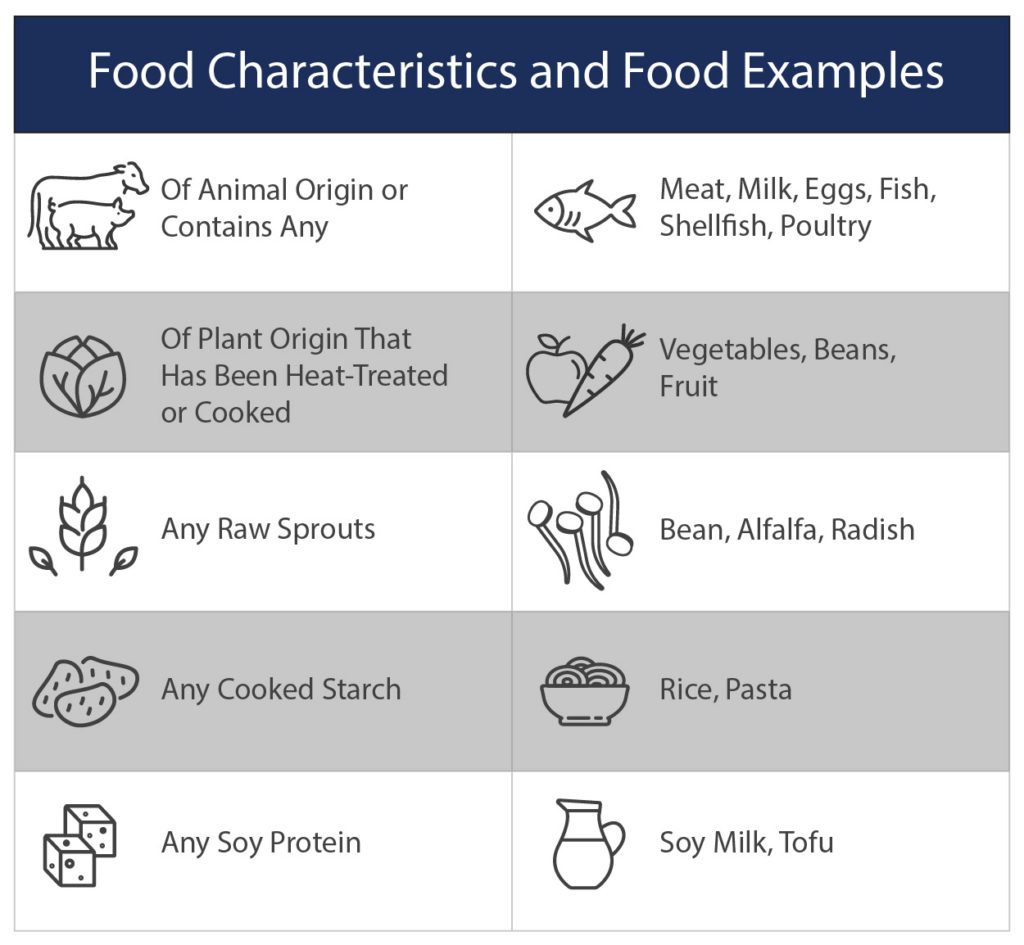
Identifying Potentially Hazardous Food Madgetech

Safe Food Storage Guidelines For Your Fridge Foster Refrigerator Gb
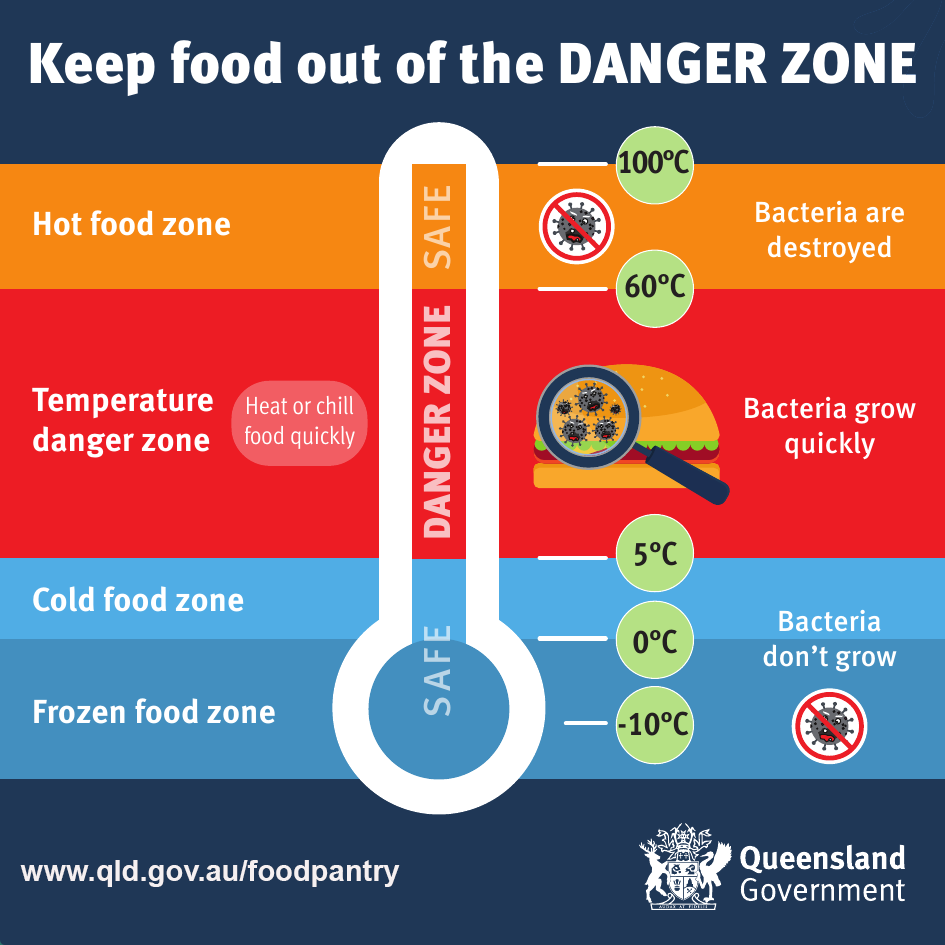
Home Based Food Businesses Health And Wellbeing Queensland Government

Temperature Danger Zone Food Type Risks And Ranges

Lockout Tagout Poster Workplace Safety Slogans Occupational Health And Safety Safety Posters

Restaurant Self Inspection Checklist How To Create A Restaurant Self Inspection Checklist Download This Re Inspection Checklist Checklist Template Checklist
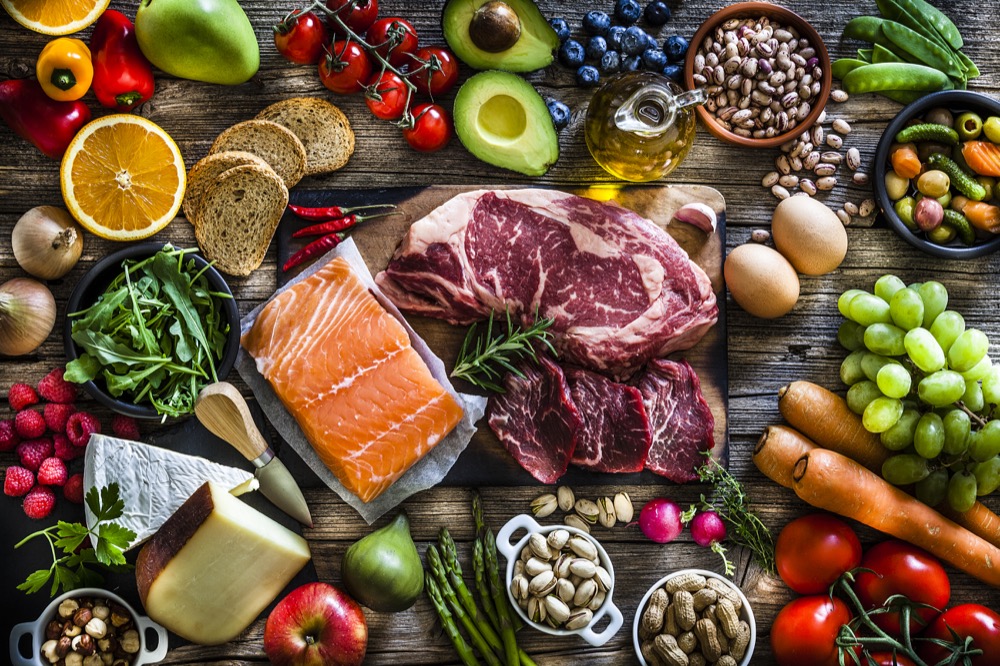
What Is Time Temperature Control For Safety Tcs
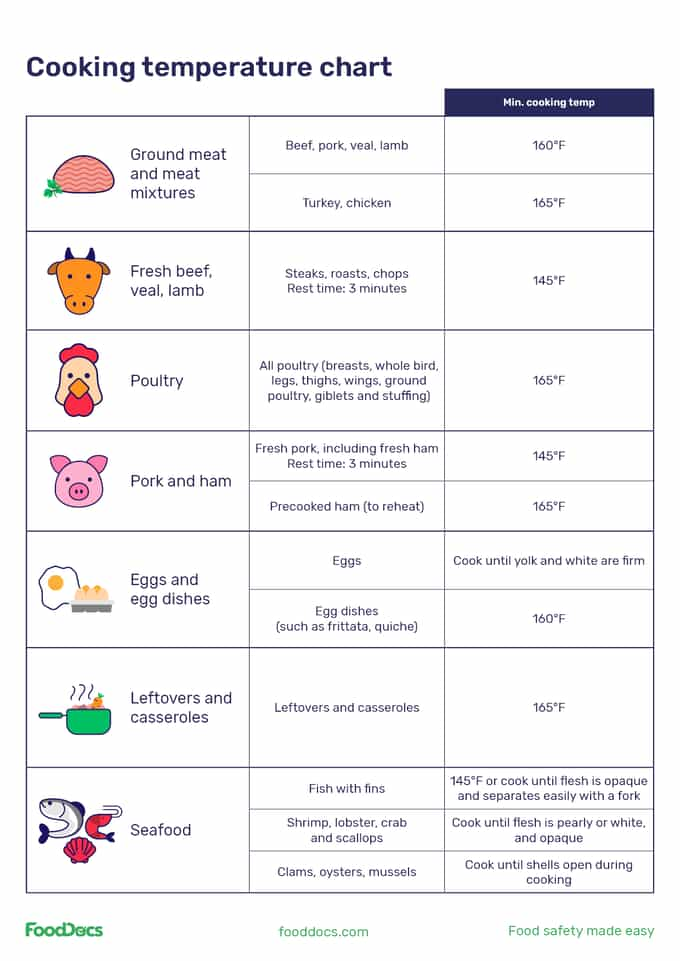
What Is The Temperature Danger Zone For Food
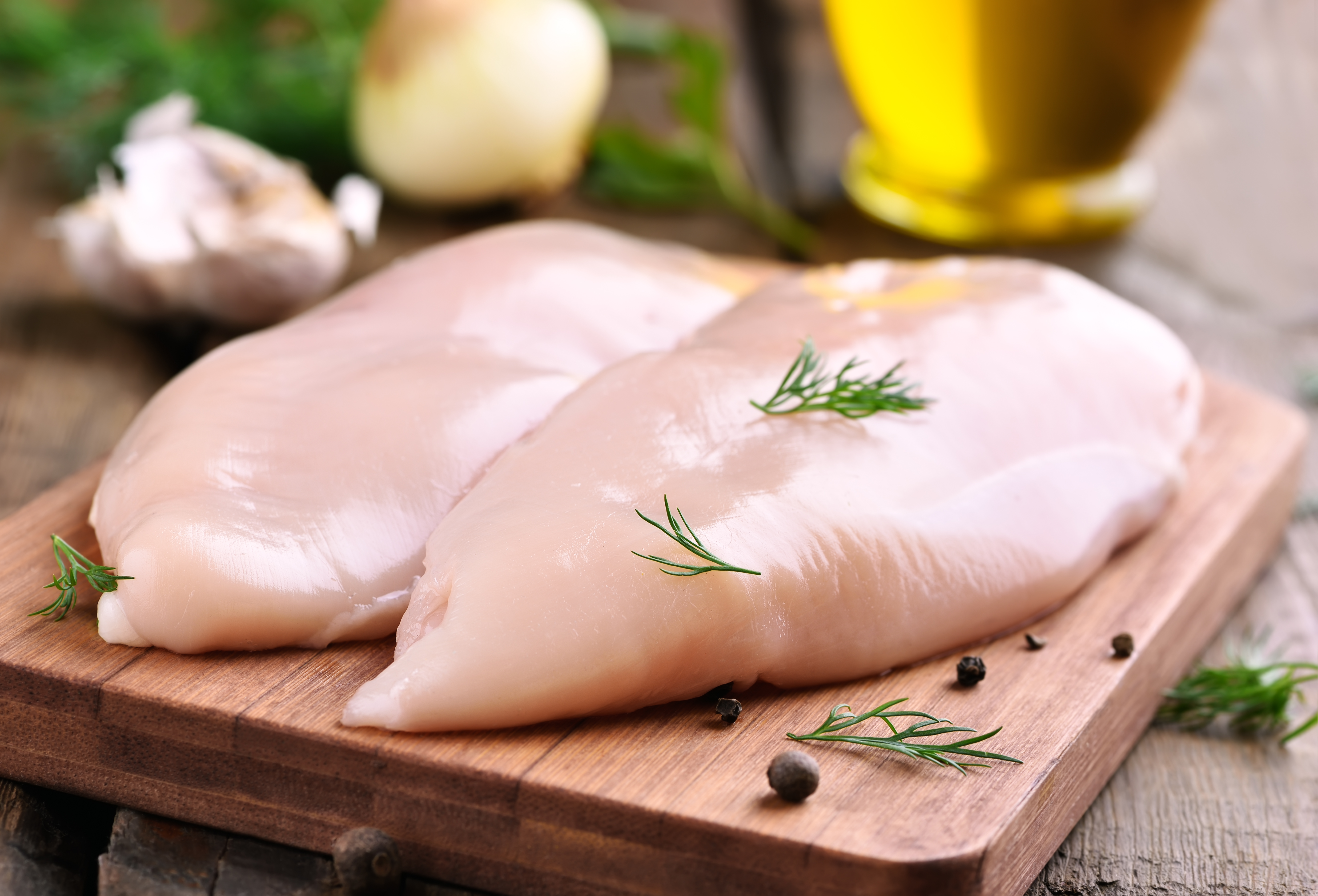
List Of Potentially Hazardous Foods
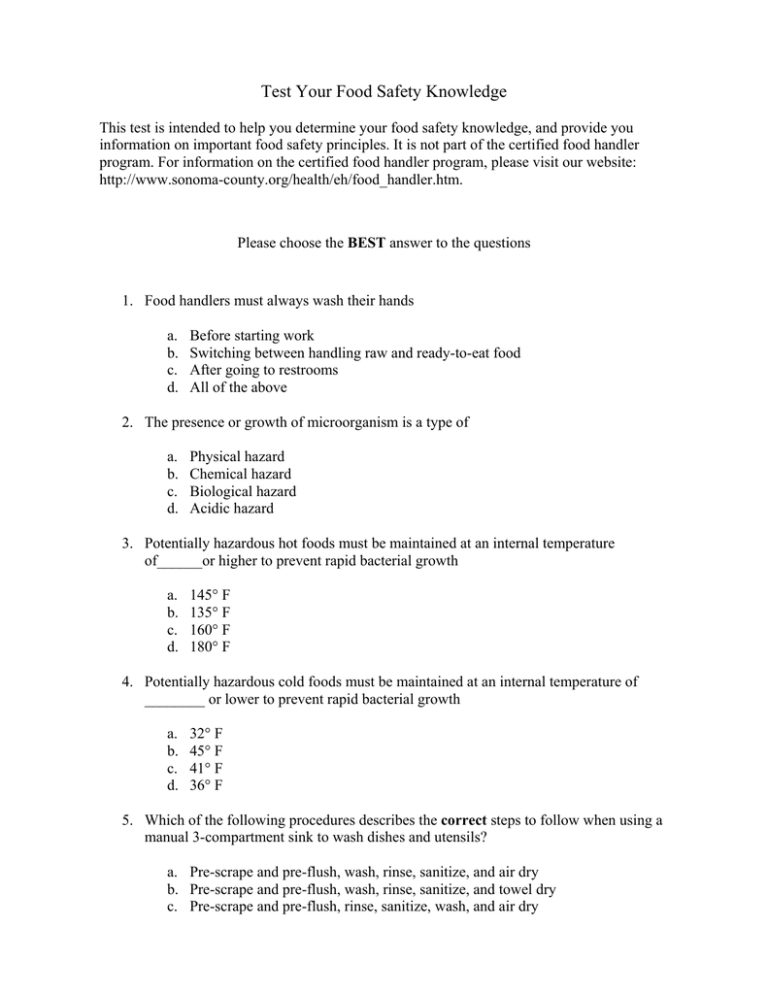
Food Safety Quiz County Of Sonoma
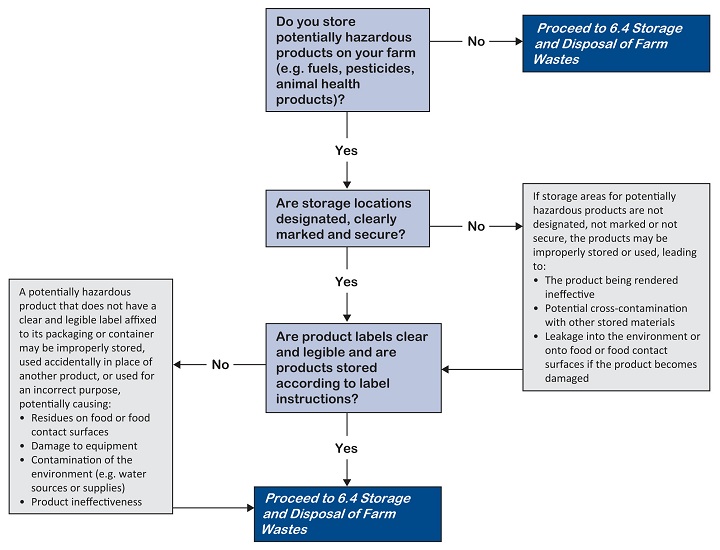
Farm Inputs 6 3 Storage Of Potentially Hazardous Products Province Of British Columbia
